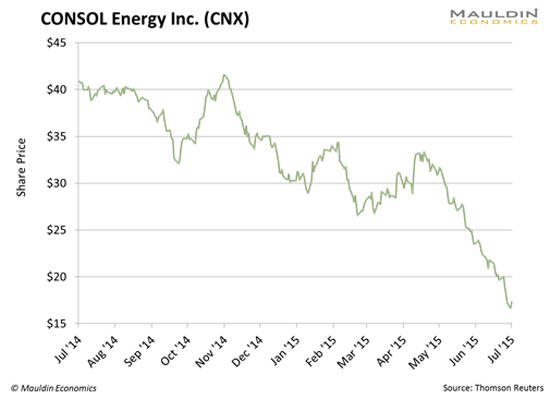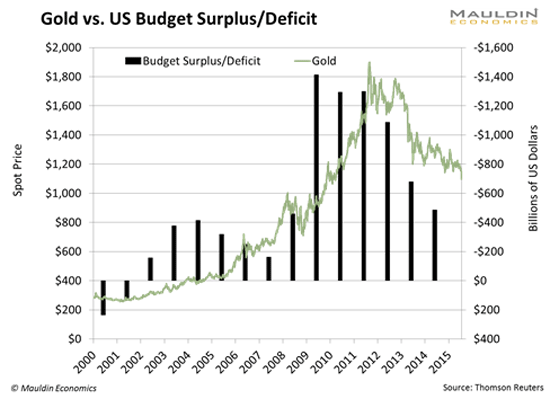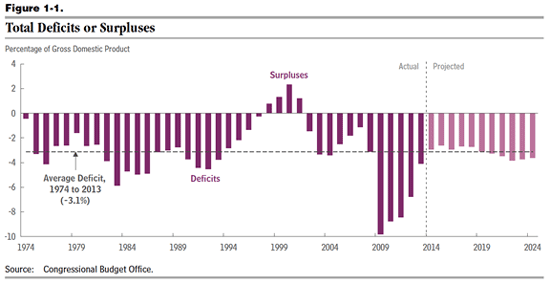Commodities Distressed Investing
Commodities / Investing 2015 Jul 24, 2015 - 12:53 PM GMTBy: John_Mauldin
 When most people think of distressed investing, they think of buying CCC-rated bonds at 20 or 30 cents on the dollar, then maybe sitting in bankruptcy court to divvy up the capital structure, making healthy risk-adjusted returns in the end. You just need to hire a few lawyers.
When most people think of distressed investing, they think of buying CCC-rated bonds at 20 or 30 cents on the dollar, then maybe sitting in bankruptcy court to divvy up the capital structure, making healthy risk-adjusted returns in the end. You just need to hire a few lawyers.
Distressed investors are a different breed of cat. It’s one of those countercyclical businesses, like repo men, who do well when everyone else is getting hammered.
I remember distressed guys killing it in 2002. Most people remember the dot-com bust, but there was a nasty credit crunch that went along with it. Nasty. High yield/distressed investments had some amazing years in 2003 and 2004. Convertible bonds in particular.
Funny thing about distressed investors is that they like to stay within their comfort zone. In my experience, they’re not keen on commodities. Like coal mining, which this week saw one bankruptcy filing and another one in the works. Distressed guys hate commodities because they are just timing the earnings cycle – which is the same as market timing. Distressed guys want less volatile earnings so their projections aren’t totally dependent on commodity prices rising.
Coal is distressed, all right. But you don’t see the distressed guys getting involved. Even they are too scared!

Here’s a somewhat controversial statement: I think most commodities are distressed.
Coal is definitely distressed. So is iron ore. Copper, too. And yes, even gold.
Corn and beans have had a nice little run, but metals and energy in particular have been a complete horrorshow.
So I think it’s time to start looking at commodities as a distressed asset class. The assumption is that fair value of these commodities/producers is well above current market prices, and current market prices are wrong because of, well, a lot of things. In particular, a self-reinforcing process where selling begets more selling.
If you’re a distressed investor and you’re buying something at a deep discount, if you have a long enough time horizon, you’ll be vindicated eventually. Sometimes, it takes a long time. Sometimes, not very long at all. It’s pretty great when it works.
I have never had much aptitude for it. But I am trying it now.
Gold: A Special Case
Gold is a little different.
How do you value gold? It has no cash flows. An industrial commodity like copper is pretty easy to value. With gold, you’re trying to gauge investment demand (at the retail or sovereign level), which is hard, against mining production, which is a little easier.
But what an ounce of gold is worth is entirely subjective. More subjective than copper or cocoa or coffee. For example, if everyone started using bitcoin, there would be little to no demand for gold. (For the record, I think cryptocurrencies indeed have had an impact on gold demand.)
Basically, people want gold when they think their government no longer cares about the purchasing power of their currency. In our case, that was when the Fed was conducting quantitative easing, known colloquially as printing money.
But that’s not really what people were nervous about. Think about it. The Fed was printing money for monetary policy reasons. They were trying to effect monetary policy with interest rates at the zero bound. That’s different from printing money to buy government bonds because nobody else wants to. That’s called debt monetization.
When budget deficits get sufficiently large, people worry about things like failed bond auctions, that the Fed will have to step in and be the buyer of last resort. This is the nightmare scenario described in Greenspan’s Gold and Economic Freedom essay.
We had $1.8 trillion deficits not that long ago. The bond auctions were a little scary. I thought debt monetization was a possibility.
The deficit is lower today, mostly because of higher taxes, more aggressive revenue collection, and economic growth. As you can see, the price of gold has corresponded almost perfectly with the budget deficit.

With a small deficit today, nobody cares about gold.
Is the deficit going higher or lower in the future? Higher. Ding-ding-ding, we have a winner. One of the reasons I’m happy owning gold as a part of my portfolio.
Paper vs. Things
Asset allocation gets a lot easier when you figure out that the financial markets are a tug-of-war between paper and things. Sometimes, like now, financial assets (stocks and bonds) outperform. Stocks are overpriced, and bonds are way overpriced. Other times, like 10 years ago, commodities outperformed.
It has to do with the degree of confidence people have in… other people. A bond is a promise to repay. A stock is a promise to pay dividends, or that there will be something left over at the end. A dollar is a promise that it’s worth something, namely, a divisible part of the sum total of the productive abilities of all the people in the country.
These are pieces of paper. Paper promises. When confidence in promises is high, nobody needs gold, coal, or copper. When confidence in promises is low, time to build that underground bunker in the backyard.
Confidence in promises is currently at all-time highs. Without making a positive statement either way, I’d say that only in the year 2000 were commodities more undervalued than they are right now.
Sidebar: it is tempting to treat commodities as an asset class, but you should try not to. They are idiosyncratic, and for most commodities, the cost of carry is high enough that it’s impractical to hold them for long periods of time.
Commodity-related equities are a different story.
Disclaimer
I’m kind of biased on this, and I always think commodities are undervalued because I’m a deeply suspicious person and I don’t believe promises. I’ve owned gold and silver for years (plus GLD and SLV, and GDX and SIL), and if prices get low enough, I will add to those positions.
Keep in mind that I worked for the government under the Clinton administration. Clinton’s mantra to government employees was, “Do more with less.” The man did a lot to restrain the growth of government—and he was a Democrat!

People resented him for it. They wanted their fancy toys and their boondoggles.
Public servants have been much happier under Bush and Obama.
Not coincidentally, gold bottomed in 2000, at the end of Clinton’s presidency, and has basically been going up since.
So here is the secret sauce: You want to know when commodities are going up?
Watch the deficit. If someone dreams up free college for everyone, buy commodities with veins popping out of your neck.
Jared Dillian
If you enjoyed Jared's article, you can sign up for The 10th Man, a free weekly letter, at mauldineconomics.com. Follow Jared on Twitter ;@dailydirtnap
John Mauldin Archive |
© 2005-2022 http://www.MarketOracle.co.uk - The Market Oracle is a FREE Daily Financial Markets Analysis & Forecasting online publication.



